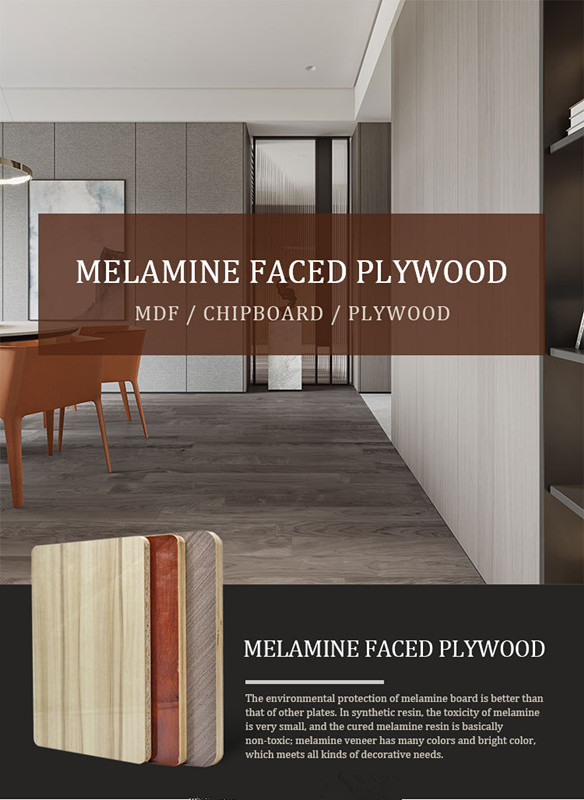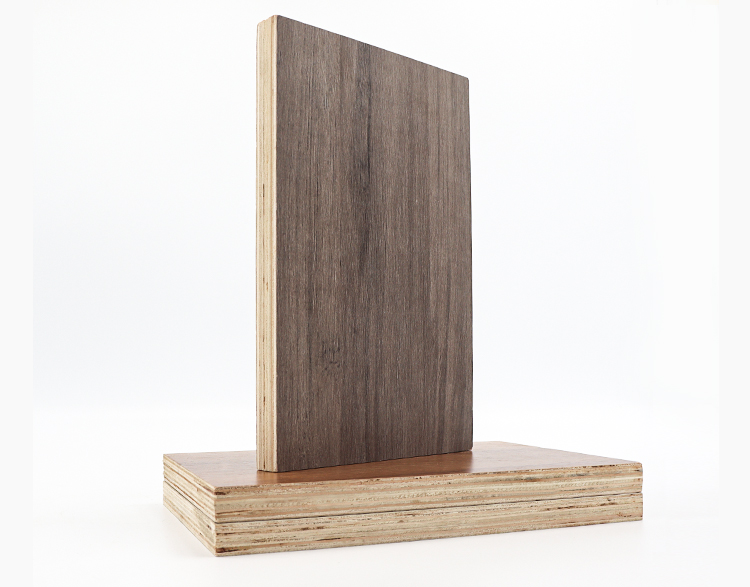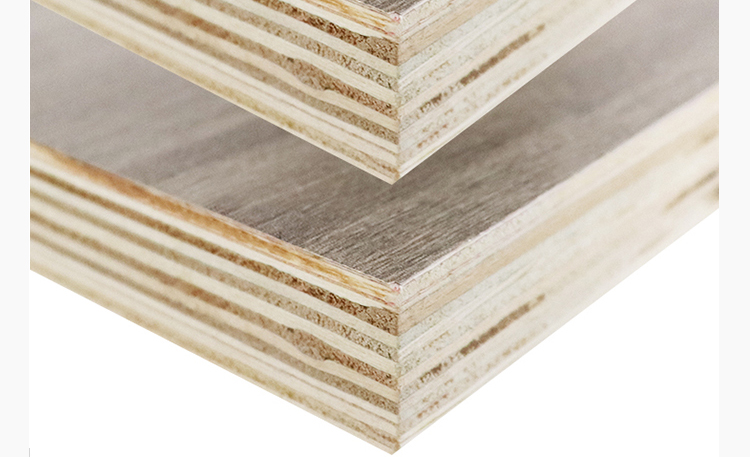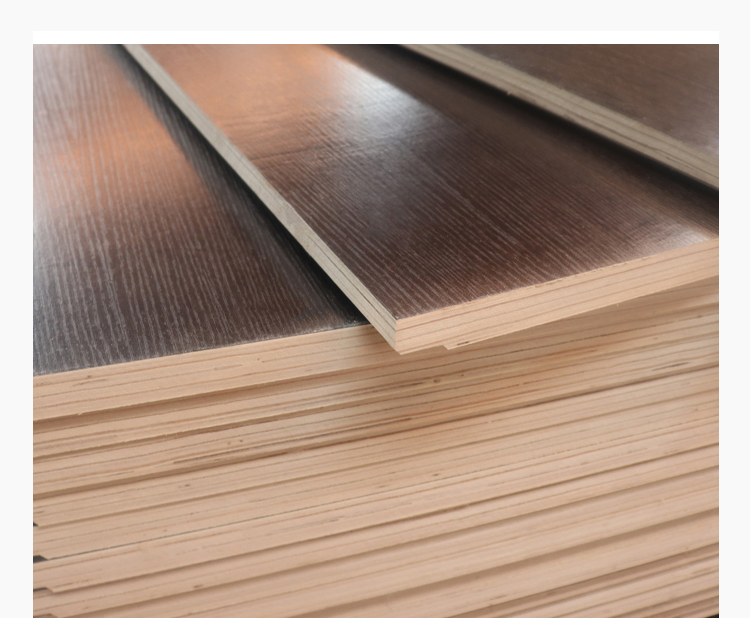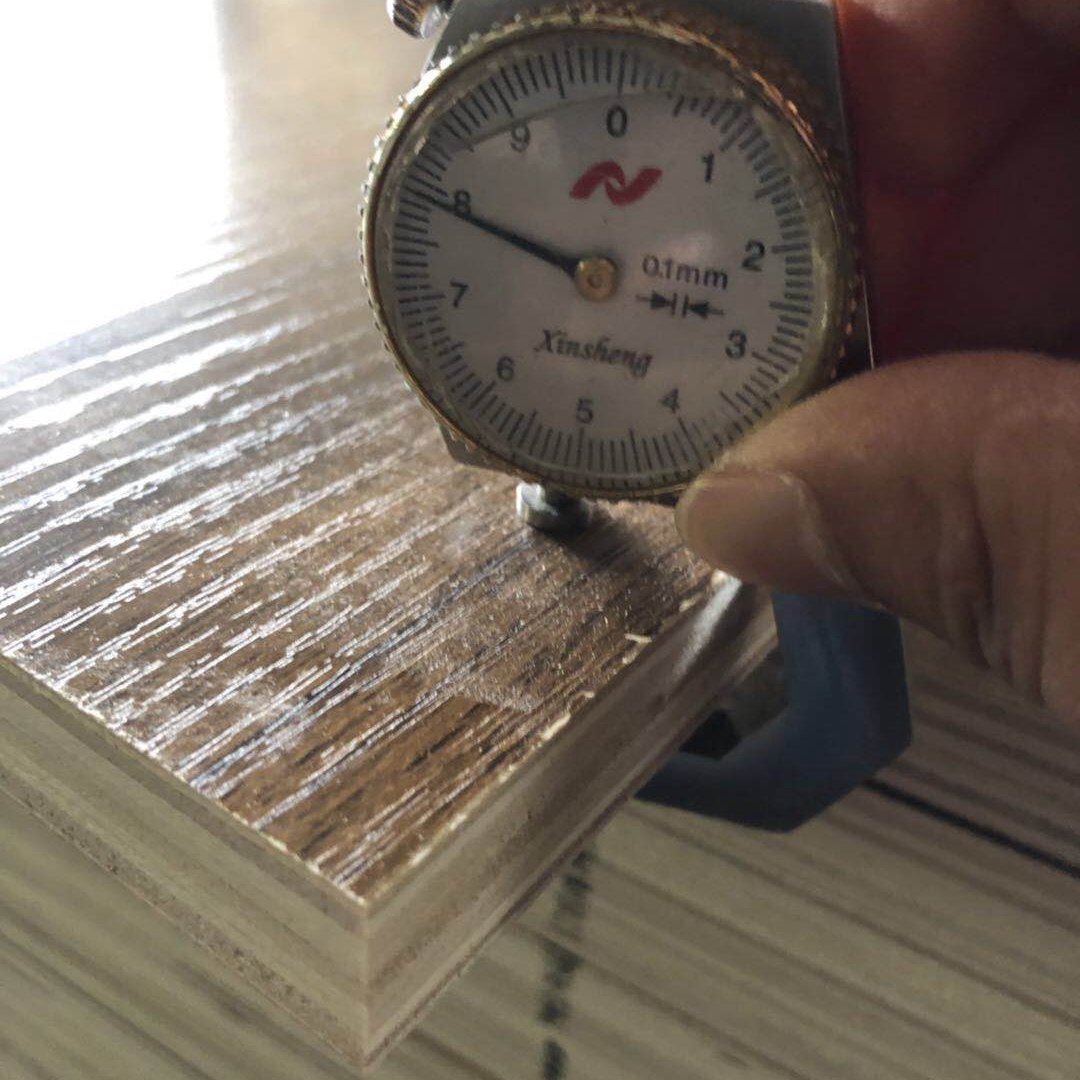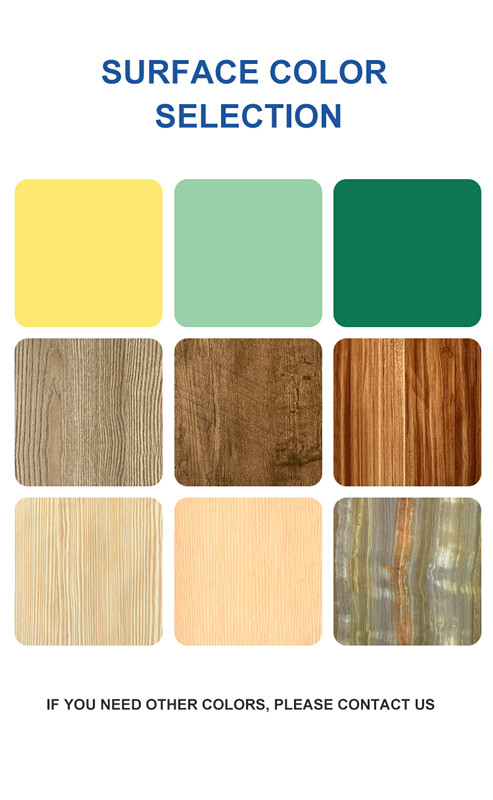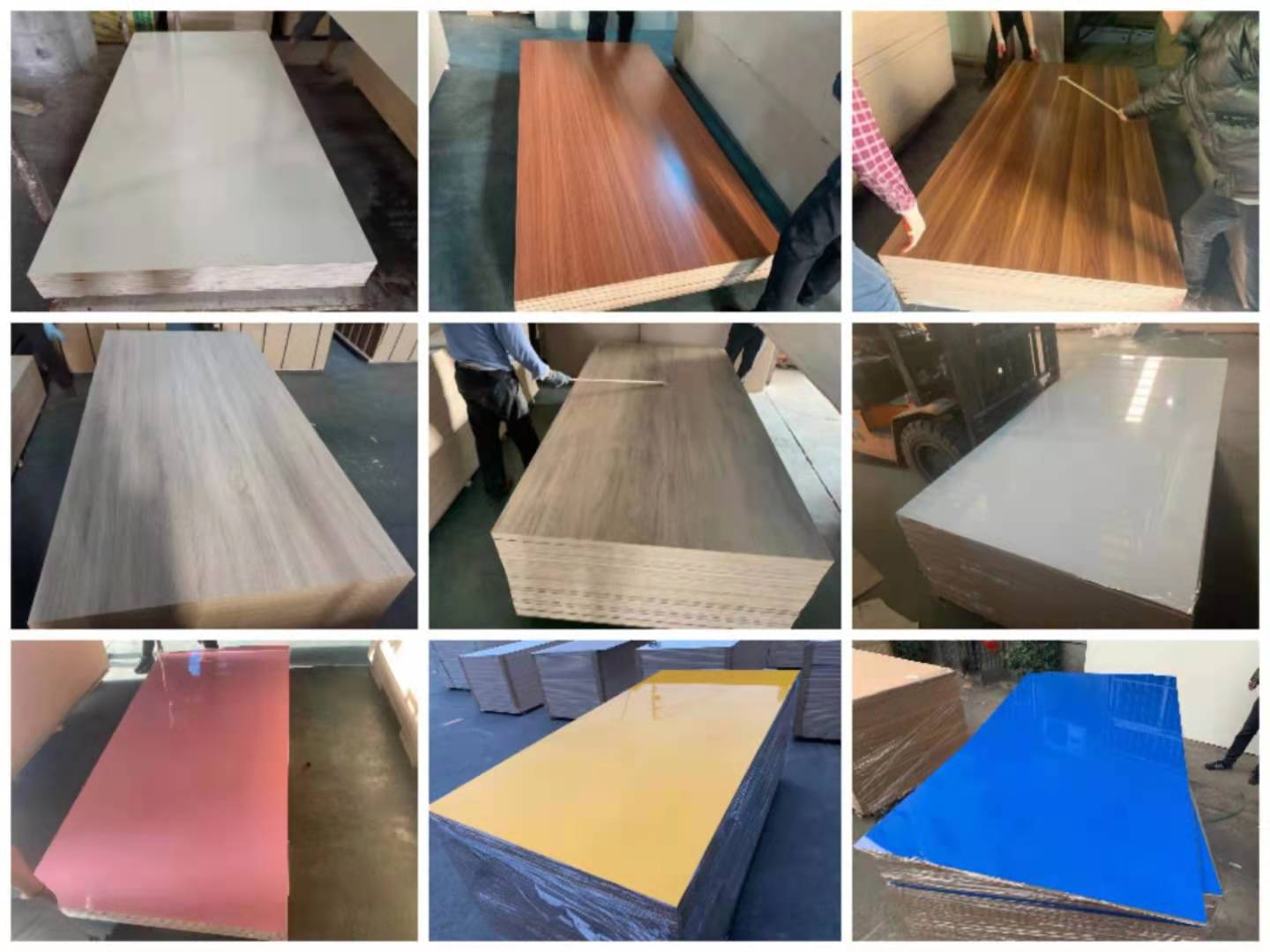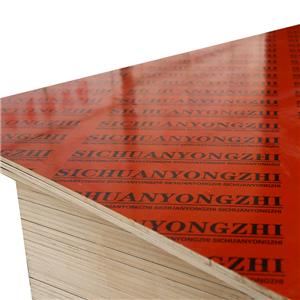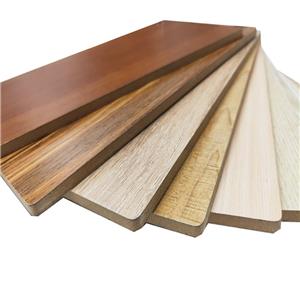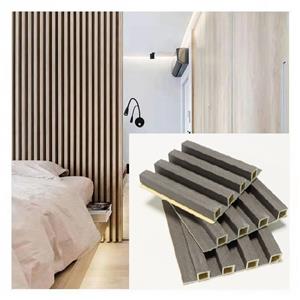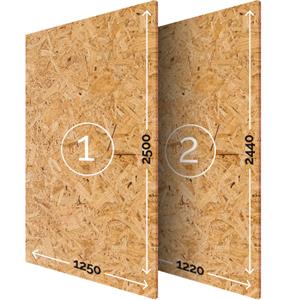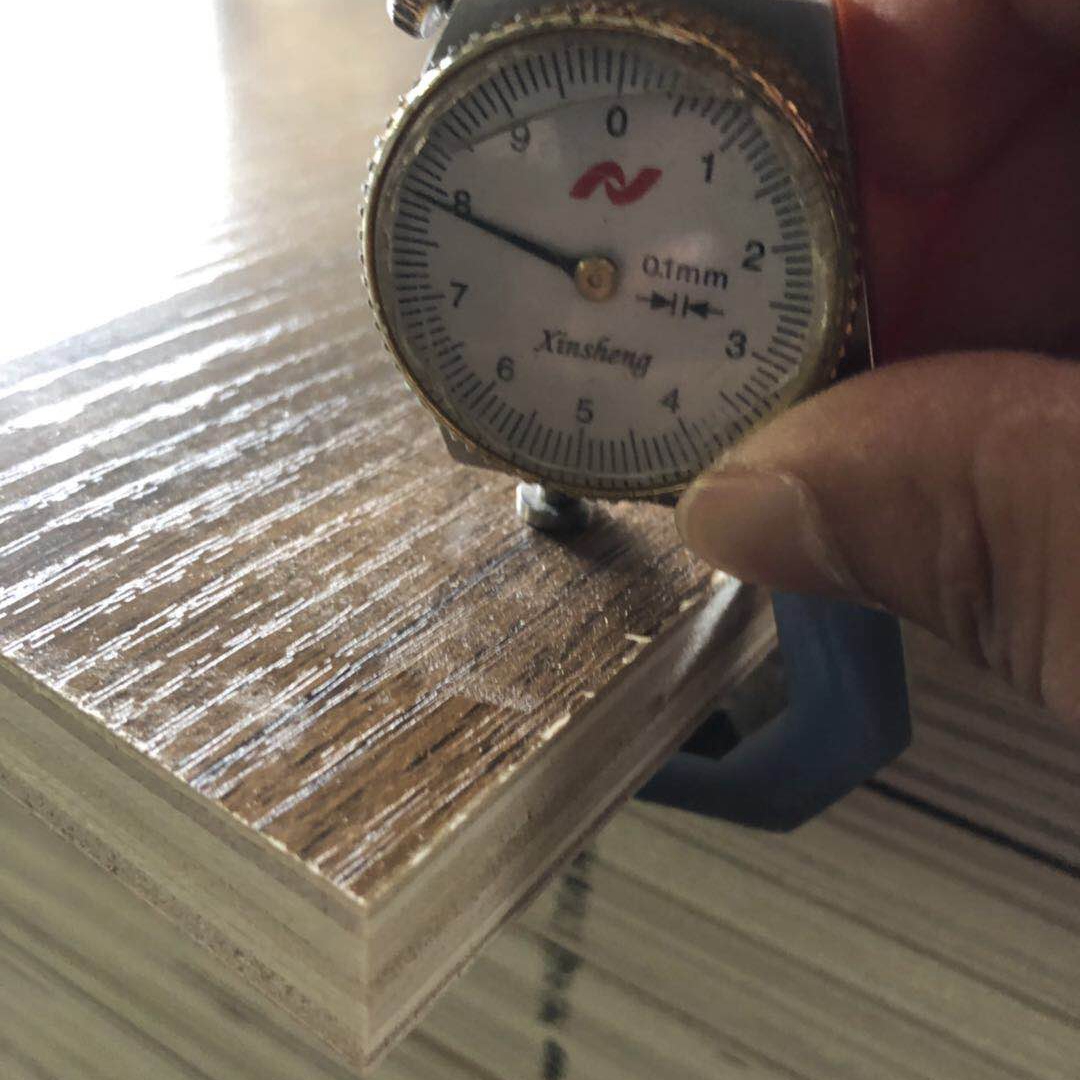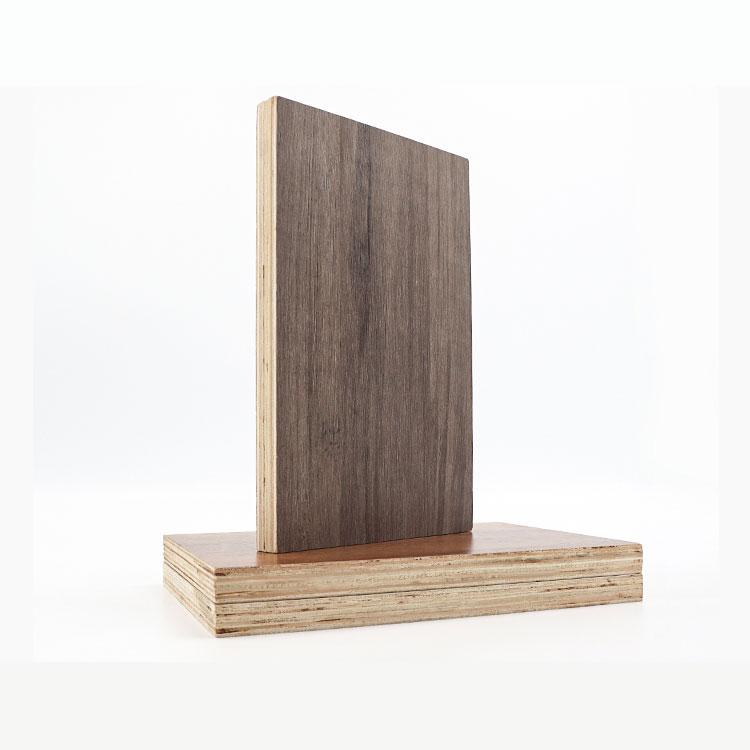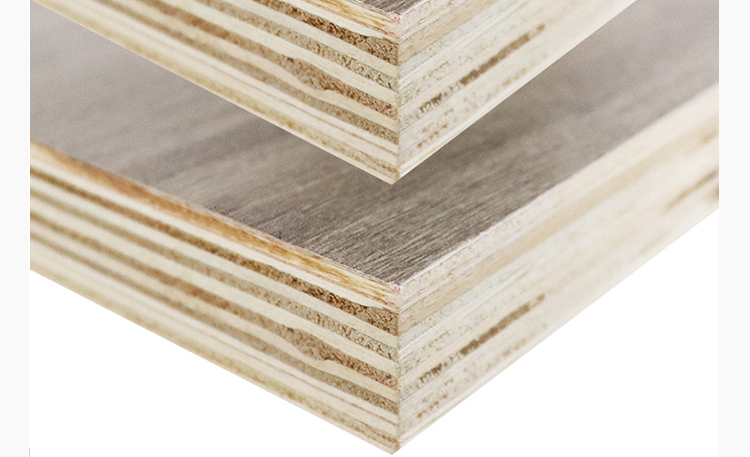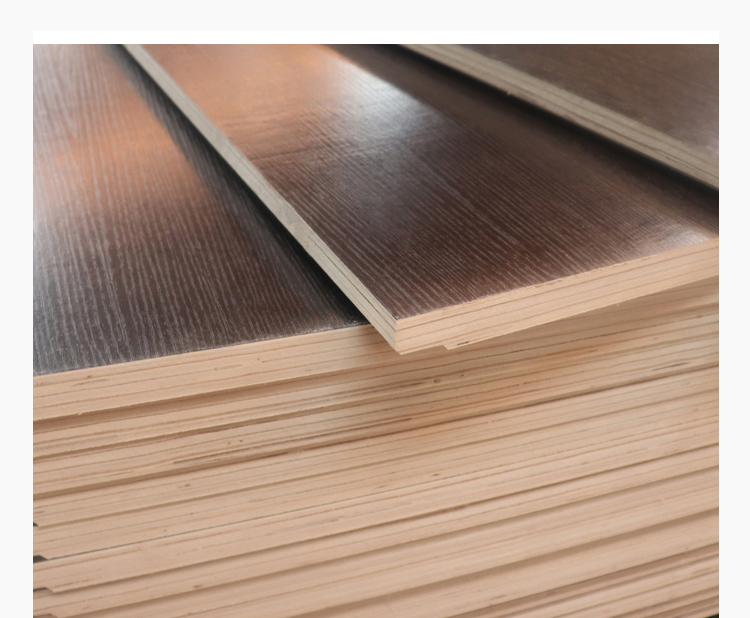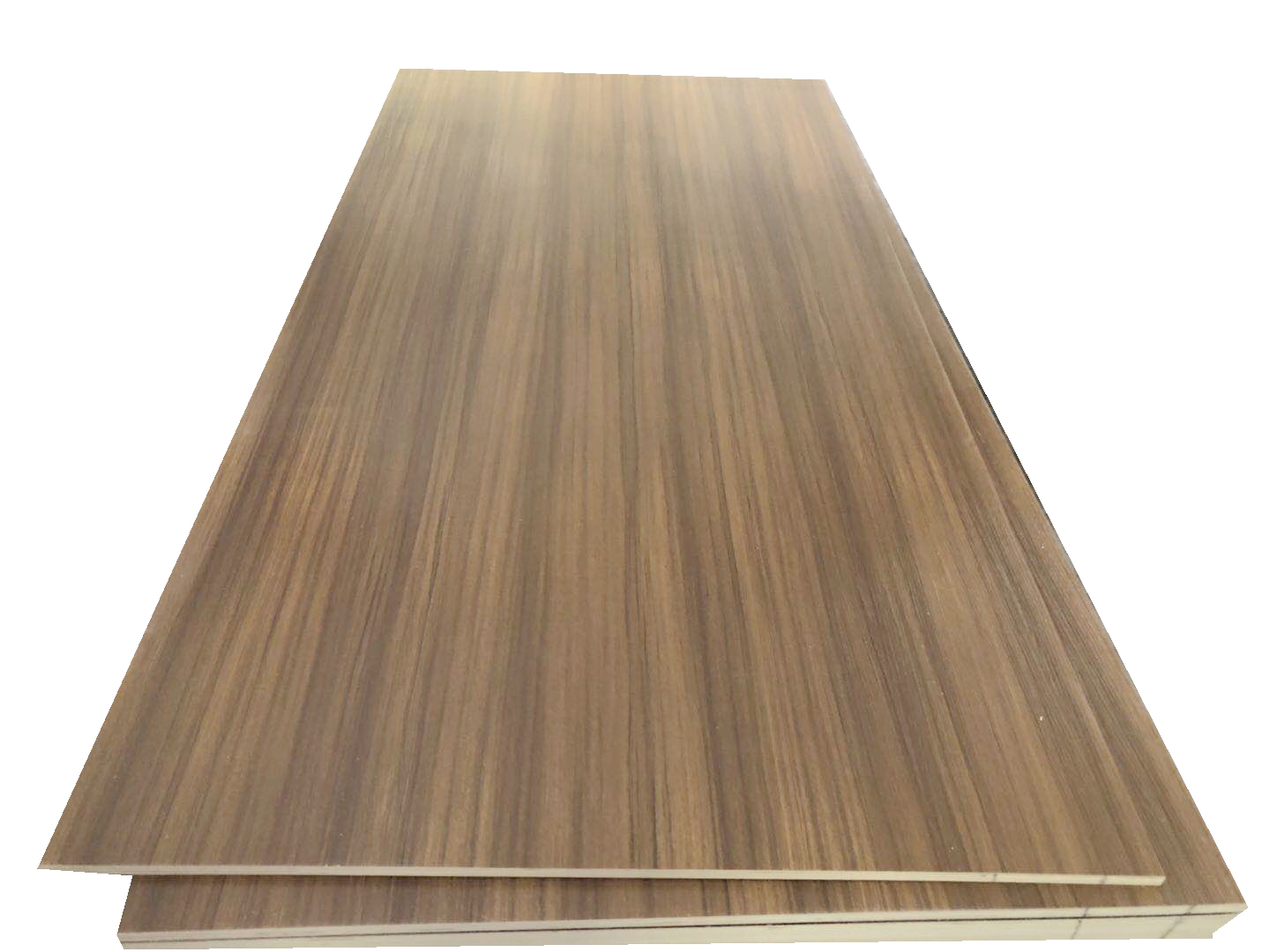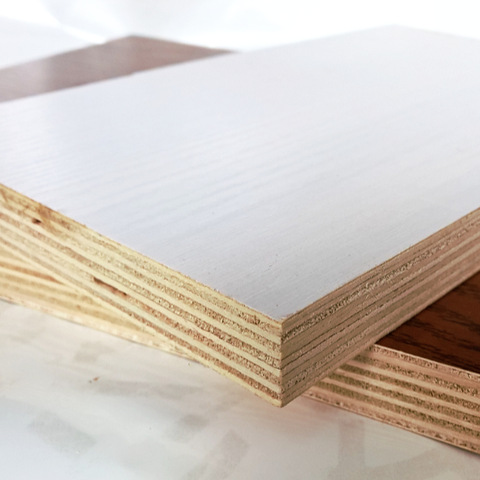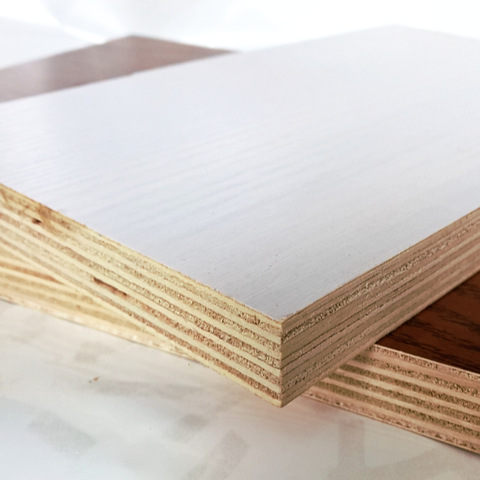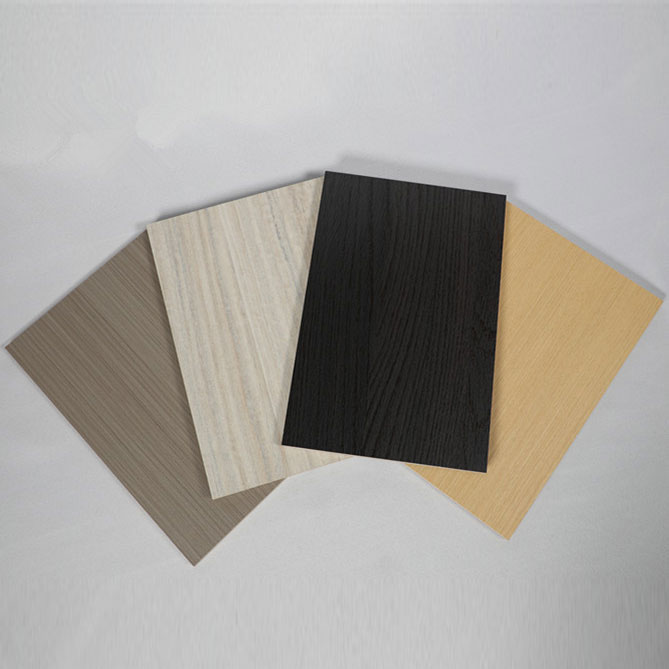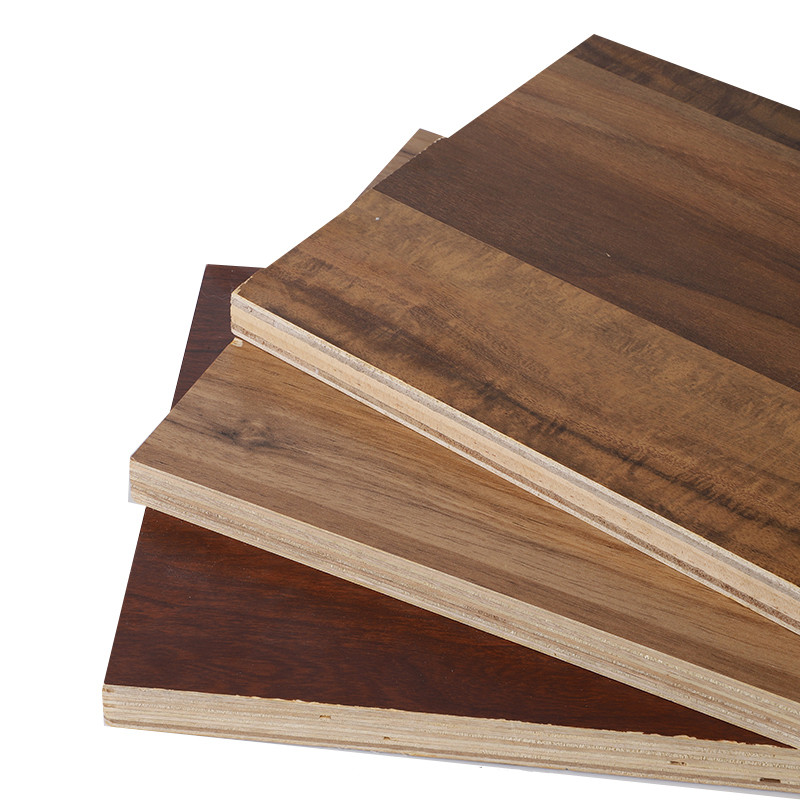Melamine Lamination Plywood:
Melamine Lamination Plywood is an engineered wood product created by adhering a melamine-impregnated paper to a plywood core. The melamine paper, which contains resin, is pressed onto the plywood surface and cured under heat, resulting in a durable and visually appealing finish. The plywood core provides structural stability, while the melamine surface offers a wide range of design options.
Advantages of Melamine Lamination Plywood:
Aesthetic Variety: Melamine Lamination Plywood comes in a plethora of patterns, colors, and textures, mimicking the appearance of various natural materials, including wood grains, stones, and textiles. This diversity allows for versatile design possibilities to suit different interior styles.
Cost-Effective: Compared to solid wood, melamine lamination plywood is often more budget-friendly. It provides an affordable alternative for achieving the look of expensive materials without sacrificing quality.
Durability: The melamine surface is resistant to scratches, stains, and moisture, making it a durable choice for high-traffic areas. This durability ensures a long-lasting and low-maintenance solution for interior applications.
Environmental Considerations: Melamine Lamination Plywood can be manufactured using sustainably sourced plywood, contributing to environmental conservation efforts. Additionally, its longevity and resistance to wear reduce the need for frequent replacements, further minimizing environmental impact.
Applications of Melamine Lamination Plywood:
Melamine Lamination Plywood finds extensive use in furniture construction, interior cabinetry, wall paneling, and decorative elements. Its versatility and cost-effectiveness make it a popular choice for both residential and commercial projects.
Solid Wood:
Solid Wood, on the other hand, is a natural material derived directly from lumber. It retains the authentic characteristics of the tree species from which it is sourced, showcasing unique grain patterns, textures, and color variations.
Advantages of Solid Wood:
Natural Beauty: The intrinsic beauty of solid wood is unmatched, with each piece possessing distinct features that contribute to a warm and inviting ambiance. The natural variation in grain patterns adds a touch of authenticity to any space.
Longevity: Solid wood furniture and fixtures, when properly maintained, can last for generations. The durability and resilience of solid wood contribute to its reputation for being a timeless and enduring material.
Customization: Solid wood allows for intricate detailing, carving, and shaping, providing endless customization possibilities. Craftsmen can create bespoke pieces tailored to specific design requirements.
Applications of Solid Wood:
Solid wood is commonly employed in the construction of furniture, flooring, doors, and architectural elements. Its use adds a sense of luxury and craftsmanship to interiors, making it a preferred choice for those seeking a natural and timeless aesthetic.
Conclusion:
In the dynamic world of interior design and construction, the choice between Melamine Lamination Plywood and Solid Wood ultimately depends on the specific needs, budget constraints, and design preferences of the project. While Melamine Lamination Plywood offers versatility, cost-effectiveness, and durability, Solid Wood provides a timeless and authentic aesthetic with unparalleled natural beauty. By understanding the distinct advantages of each material, designers and homeowners can make informed decisions to create spaces that are not only visually appealing but also tailored to meet the practical demands of modern living.

